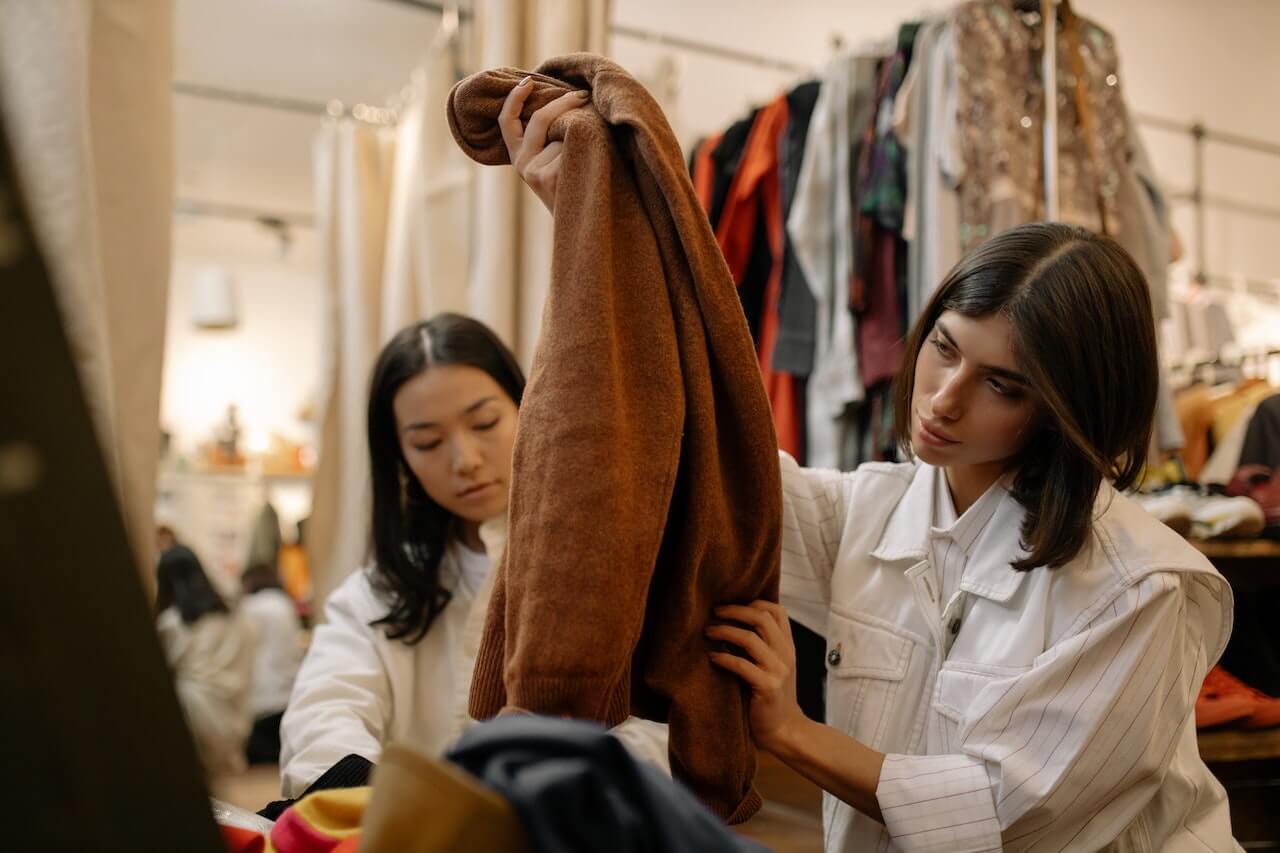
Despite the growth of online sales, there is still a great demand for traditional, brick and mortar stores. As Rutgers points out, competitive advantages such as easy return processes, a pleasant and engaging store environment, and amazing customer service combine to create an in-store experience that drive sales and increase repeat customers.
But what if you offer some of these same things and your store isn’t doing that well. What can you do about it? What is it, exactly, that makes a remarkable in-store customer experience?
Let’s take a look at a few examples for insight on how you can up your game and engage the heck out of your customers:
1. Understanding What Customers Want Kills Competition
According to Econsultancy, Ulta Beauty saw a 23.7% increase in net sales in 2016, making it one of the fastest-growing beauty retailers, even after 25 years in the business. Seemingly, its brick and mortar retail experience has significantly contributed to their recent surge in success.
So, what are they doing differently from other beauty retailers? First of all, they have a deep understanding of what customers actually want from their shopping experience.
In the US, beauty is typically separated into two categories—luxury products found in high-end department stores, and low-price drugstore products—but Ulta combines the two into an “all-things beauty superstore.”
In addition to a huge selection of products, the retailer differentiates itself from other retailers by offering in-store services such as hair, skin and brow treatments.
Offering this type of service—along with beauty expertise—creates a spa-like environment, also making the store a popular destination for consumers.
While Sephora and Macy’s offer great beauty products too, Ulta’s salon services help to create an experience the customer can enjoy as they discover the products associated with it. This innovative strategy engages new and existing customers alike, boosting loyalty in a progressively competitive landscape.
2. Technology Enhances Traditional Shopping
US brand, Rebecca Minkoff, is setting the bar when it comes to the in-store experience, aiming to marry traditional and digital shopping methods by using technology to create an immersive customer experience.
Their stores feature smart mirrors in fitting rooms so shoppers can browse for other sizes or products to complement the outfits they’re trying on. Smart walls suggest new styles when people pass by and allow customers to order champagne to enjoy while they browse.
Instead of simply showcasing their products, Rebecca Minkoff:
- Takes advantage of the real-life retail environment to turn the spotlight on the customers themselves.
- Uses technology to aid and enhance the discovery process.
- Offers VIP treatment (i.e. champagne) to set the bar for how customers browse and shop for fashion.
US home improvement store, Lowes, has also implemented a number of tech features to streamline the physical shopping experience. Just recently, it announced the new ‘Lowe Vision In-Store Navigation’ app with AR technology, which provides indoor mapping so customers can easily and quickly find items in their store.
Compared with other competitors in their industry, Lowe’s sets itself apart by streamlining the customer journey in-store with digital technology.
Don’t have the funds to invest in similar technology? Read on to see how other stores engage customers without it…
3. Experimental Campaigns Captivate Consumers
UK retailer, Topshop, gets creative with a combination of pop-up retail and experiential campaigns to delight customers.
Along with personal shopping that’s free of charge, the retailer offers a variety of hair and beauty services including brow-taming and piercing. But that’s not all. Topshop features a café, as well as integrated food and drink pop-ups such as Bubbleology and Lola’s cupcakes.
While it may seem like a lot of unrelated stuff that shouldn’t be in a clothing shop, Topshop wants to make their store about more than just basic apparel, tempting customers with things they might not even realize they want while browsing in-store.
Last summer, ‘Splash’ at Topshop featured shop windows that were transformed into an interactive pool scene and allowed customers to ride a virtual water slide. Using clever advertising with fun and immersive activities for customers, Topshop demonstrates how the in-store customer experience is evolving.
Furthermore, the unanticipated nature of Topshop’s in-store experience—whether it’s new in-store pop-ups (some appearing only for a limited time) or experimentation with creative campaigns—makes it clear that the UK brand is focused on keeping the in-store experience fresh and original for returning customers while delighting new ones.
Conclusion
“While online shopping has grown considerably over the last 20 years, consumers continue to flock to brick and mortar stores,” says Professor Carol Kaufman-Scarborough of Rutgers School of Business. “The social aspects of in-store shopping have helped to maintain steady same-store sales for retailers from the discount to the luxury level.”
Smart retailers, like the ones mentioned above, will recognize that providing exceptional in-store experiences is a good strategy for success. In fact, 44% of retail executives consider improving the in-store experience a pivotal aspect of their strategy.
Providing a unique in-store experience will help you differentiate your brand from the competition as you engage new and existing customers with thoughtful shopping benefits that increase loyalty and make your retail establishment a destination, not just a store!
Use software to improve the in-store experience with ThriftCart.
 by
by 

